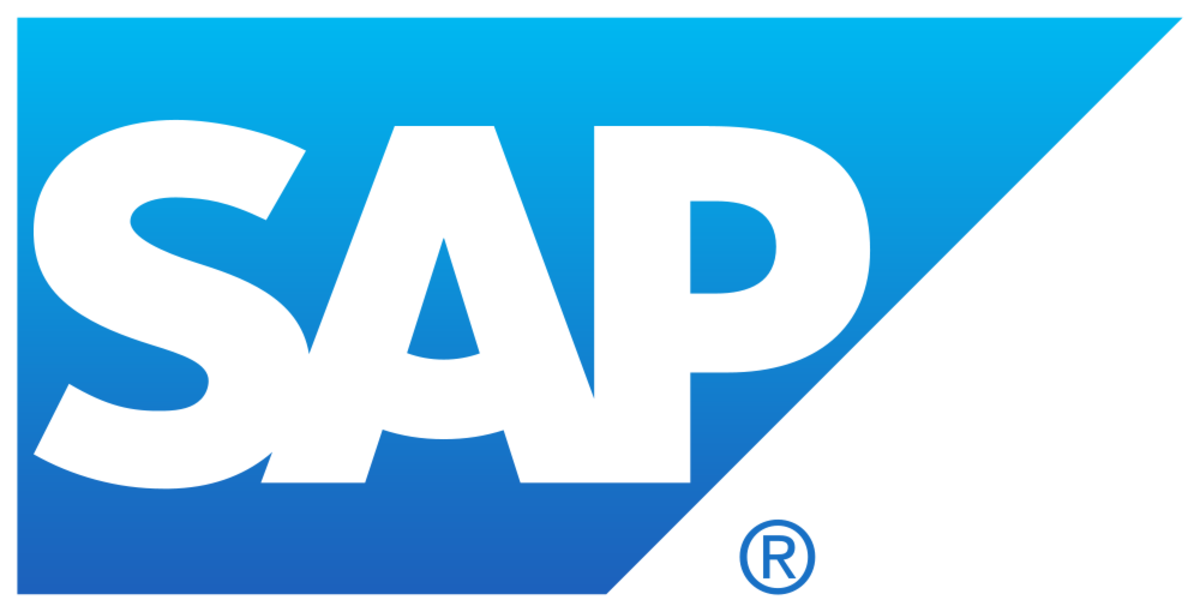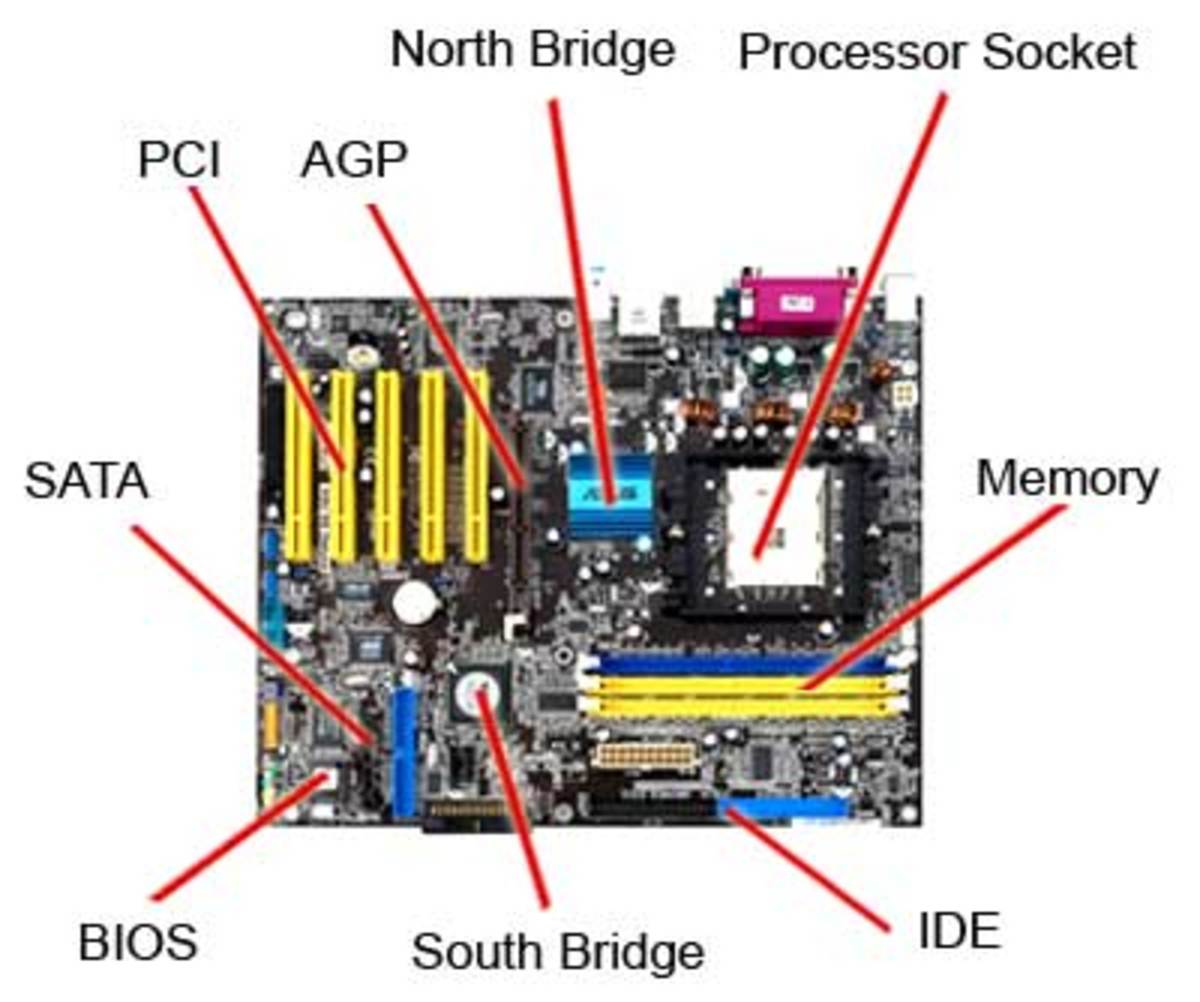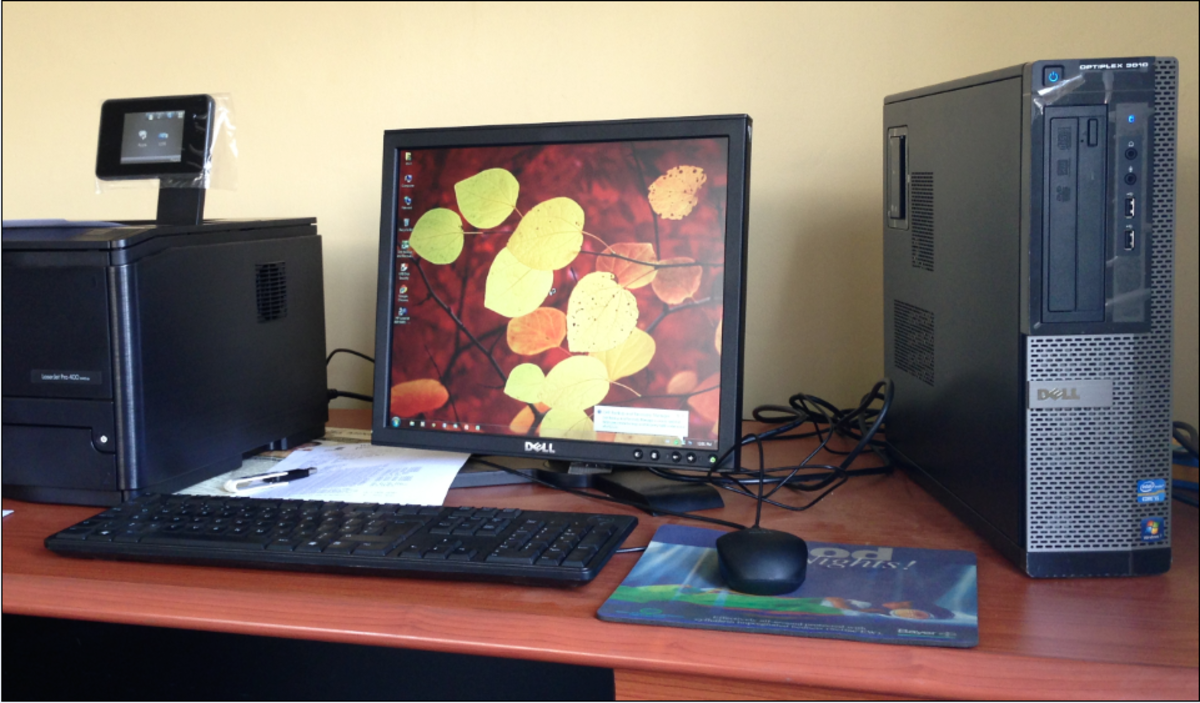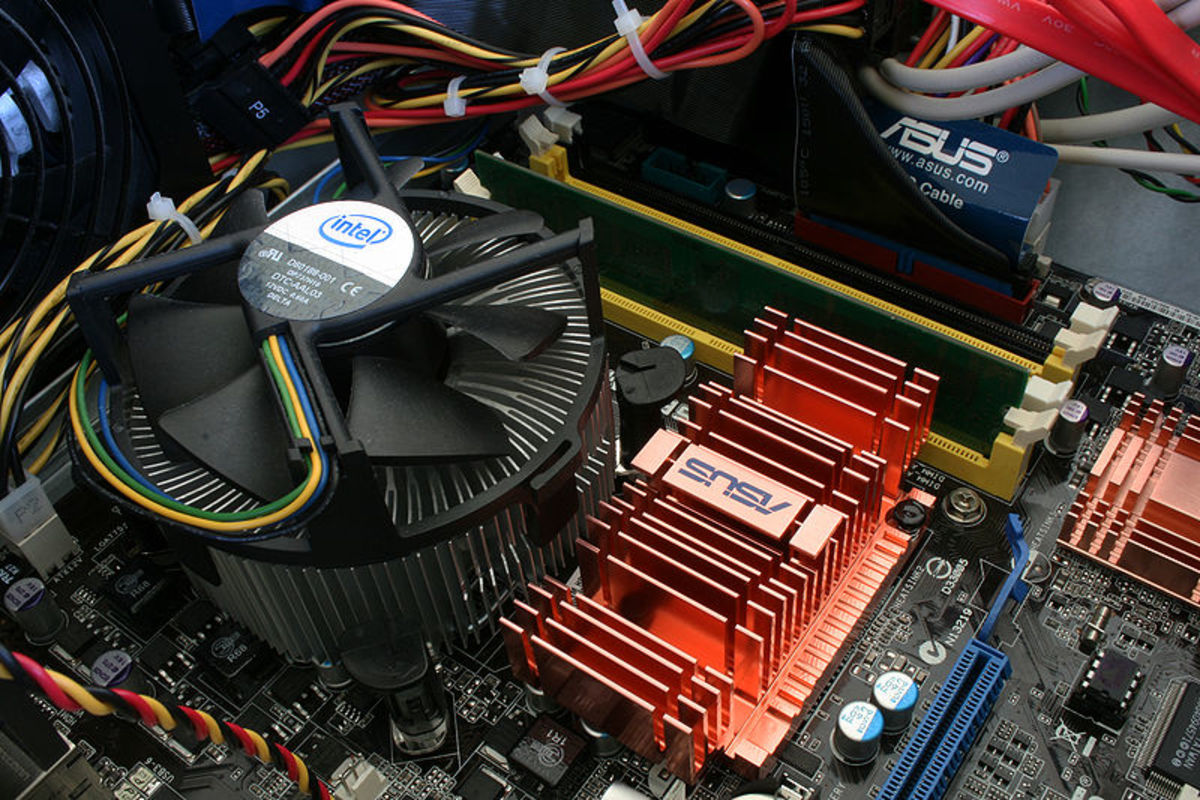Embracing the Bots: RPA in Human Resources

Robotic Process Automation (RPA) and Artificial Intelligence (AI) are heated topics these days. Industry leaders, small-scale businesses, and even start-ups to that matter are presenting high maturity towards process automation in IT, business process management, human resources and security monitoring; with significant investments being made towards BPA (Business Process Automation).
This certainly doesn't mean we get to see more robots in our workplace that take up physical space. RPA bots are software based programs stored in cloud or on local devices designed with cognitive intelligence. RPA, aka virtual-workforce, can relieve business processes that highly depend on physical labor to perform repetitive activities, and speed-up general business.
For as long as one can remember, robots have exponentially been consuming blue-collar jobs, but now, all eyes are on white-collar ones. Modern technology permits these bots to learn, understand and respond to human voice, commands and even emotions, "emotional chatting machines", for example. However, this proficiency is a double-edged sword: RPA can place human jobs in peril and possibly replace human work completely. But at the same time, they are highly efficient for business leaders and can free up time for humans to have a hand in creative work.
There are studies that show nearly 1.8 million jobs are likely to be lost to robots by 2020. But there will be 2.3 million jobs that will be created to maintain and program these bots, along with other highly skilled jobs. So, basically, RPA is conditional to what roles and chores they are being leveraged for in HR and other business functions.
Though RPA is already being enforced in HR to create spreadsheets, monitor reports, check internal and external data, the risk it may create for white-collar jobs in the future is abstract. That doesn’t mean it must slip through HR's eyes. It comes with a lot of uncertainties, and HR teams must critically start examining how RPA is going to impact their work and affect their jobs.
RPA Augmenting HR Capabilities
RPA HR platforms these days are streamlining and automating crucial HR processes like performance management, payroll administration, recruitment (including onboarding & offboarding), expense claims and training requests. All these come with less dependency on physical work, and quick and affordable implementation timeframes.
65% of HR’s rule-based tasks can be automated leading to significant cost savings. RPA can also provide
• Value for quality
Lesser human involvement means reduced risk of error, increased accuracy and lower rate of rework and repetition. Huge volumes of data can be consumed more effectively by bots than humans.
• Better talent management
Fluctuations in workload is unavoidable; keeping up with the frequency of demand for seasonal workers can be eliminated with bots that can be scaled up or down to balance work overload. Robots can easily adapt and get trained (programmed) to match new input or business requirements.
• Scalable solutions
Robots are flexible to navigate between different applications and platforms easily with less or no disruption to business operations. The transition is relatively spontaneous and does not require much down time in training or adaptation with new systems.
• Simplicity and user friendliness
Dependency on IT and other resources can be reduced. RPA can perform in demanding environments, and keep up with the increasing complexity involved in payroll and HR processes. Automation is all about breaking down problematic tasks and delivering them in simpler ways.
RPA is a viable solution to HR teams that part of an expanding company with growing employee counts and mergers and acquisitions.
Robots are entering the business world and there's no stopping them. The only question to contemplate is how are we going to adapt and relieve HR of their seemingly endless hassle with mundane work.








